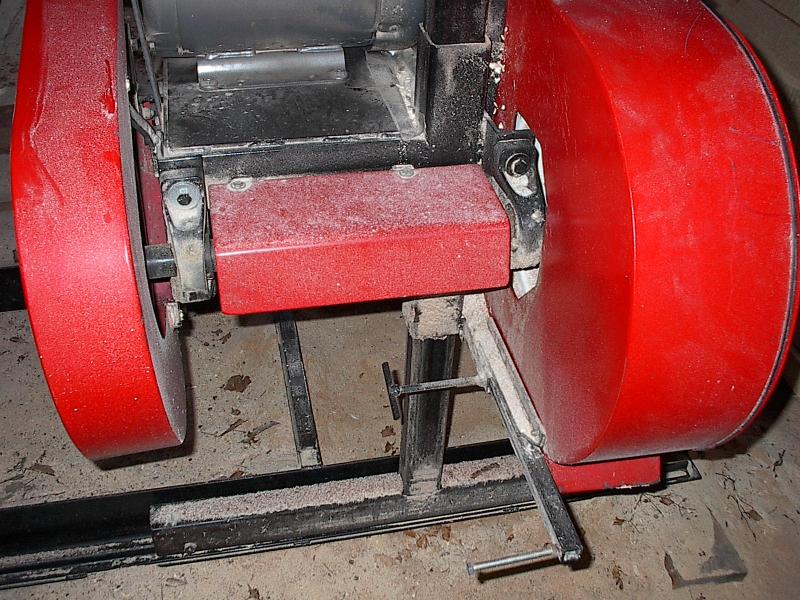From Professor Gene Wengert, Sawing and Drying Forum technical advisor:
[Some people might consider that step 3 is moving the lumber to the air yard or predryer or kiln and then step 4 is moisture measurement.]
Decisions that are made while drying oak, like all hardwoods, are based mainly on the moisture content of the lumber. As all defects (except cupping, incorrect final MC, and residual drying stresses) are formed at high moisture contents (above 45% to 50% MC), it is important to know the moisture content at these high MCs. Damage that occurs at these high MCs cannot be corrected later in drying.
Electronic moisture meters cannot be used to measure the high MCs. The readings that might be obtained have huge errors, as the relationship between the electrical properties of wood and the moisture content is variable.
The only reliable method of measuring high MCs is to use the oven-drying method. In this method, a piece of wood is weighed, then dried in an oven at 215 F to 217 F until weight loss stops (note: not for a given length of time), and then the piece is reweighed. The first or initial weight is called the wet weight, present weight or current weight. The second weight is called the oven-dry weight. Note that the wood being oven-dried must be free of bark and any slivers that might come loose during drying. Also, because we want the MC of the wood, the piece being dried should be knot-free.
The moisture sections, each weighing about 100 grams, should be weighed promptly and to 0.1 grams.
The moisture content when drying lumber is expressed in percent and is calculated by
MC = ([wet / dry] - 1) x 100
Calculate MC to 0.1%.
Step 1, Assessing the Raw Material
Step 2, Stacking
Step 3A, Measuring Moisture Content
Step 3B, Sample Boards
